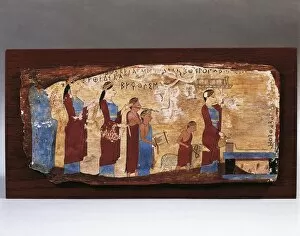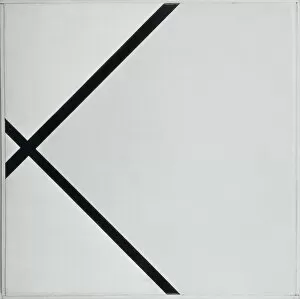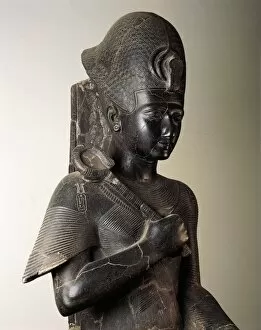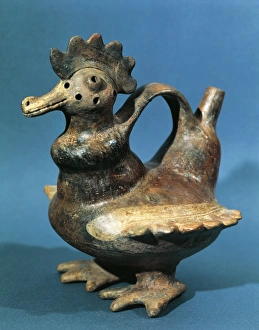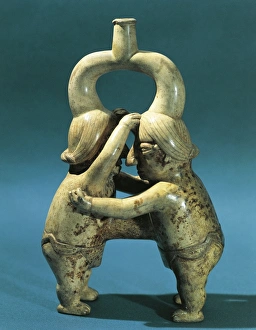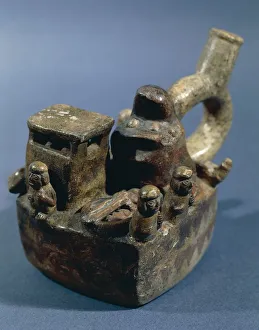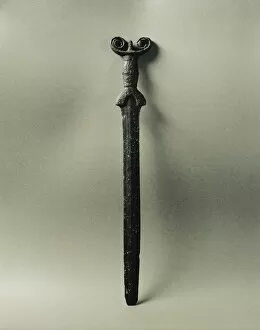Colored Background Collection (page 26)
Immersed in a kaleidoscope of colors, the dementia brain finds solace amidst the vibrant hues
All Professionally Made to Order for Quick Shipping
Immersed in a kaleidoscope of colors, the dementia brain finds solace amidst the vibrant hues. A vintage World War II poster of a giant water tap stands as a reminder of simpler times. The tearful chef holding an onion evokes nostalgia for wartime kitchens and shared meals. An orange pepper adds a pop of brightness to the scene, symbolizing vitality and zest. The marble statue of Aphrodite captures timeless beauty, while the bas-relief depicting the Eleusinian Mysteries hints at ancient secrets waiting to be unraveled. A bronze statue of Dionysus exudes passion and revelry, inviting us to embrace life's pleasures. The diagram illustrating the Battle of Cannae transports us back to an epic clash in history, reminding us of our resilience in adversity. The lid of a cinerary urn with its portrait speaks volumes about remembrance and honoring loved ones lost. A bronze statuette representing Taranis connects us to ancient Gaulish beliefs and their association with Roman mythology. Lastly, an anthropomorphic idol from Serbia's Vinca culture whispers tales from prehistoric times when clay figures held sacred significance. In this colored background lies a tapestry woven with stories spanning centuries; each element beckons exploration into different facets of human existence.

